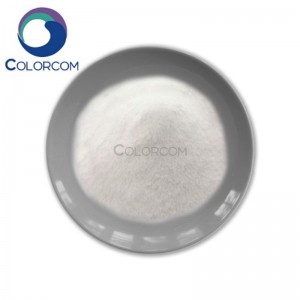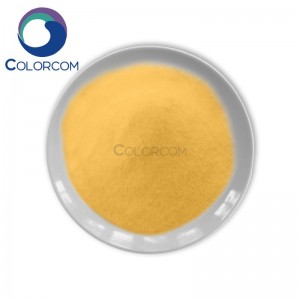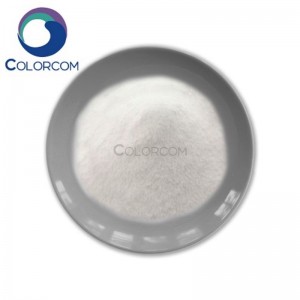Tetraacetylribose | 13035-61-5
Product Description
Tetraacetylribose is a chemical compound that serves as a derivative of ribose, a five-carbon sugar found in RNA (ribonucleic acid) and other cellular components. Here's a brief description:
Chemical Structure: Tetraacetylribose is derived from ribose by replacing the hydroxyl (-OH) groups on all four carbon atoms with acetyl groups (-COCH3). As a result, it contains four acetyl groups attached to the ribose molecule.
Biological Context: Ribose is a key component of RNA, where it forms the backbone of the RNA strand alongside nucleotide bases. In tetraacetylribose, the acetyl groups modify the chemical properties of ribose, altering its reactivity and solubility in various solvents.
Synthetic Utility: Tetraacetylribose and related derivatives find utility in organic synthesis, particularly in the preparation of nucleoside analogs and other nucleotide derivatives. The acetyl groups can be selectively removed under specific conditions, revealing the reactive hydroxyl groups of ribose for further chemical modifications.
Protecting Groups: The acetyl groups in tetraacetylribose can serve as protecting groups, shielding the reactive hydroxyl groups of ribose from undesired reactions during synthetic processes. They can be selectively cleaved under mild conditions to regenerate the free hydroxyl groups when needed.
Research Applications: Tetraacetylribose and its derivatives are used in biochemical and organic chemistry research for the synthesis of nucleoside analogs, oligonucleotides, and other bioactive molecules. These compounds play important roles in drug discovery, chemical biology, and medicinal chemistry.
Package
25KG/BAG or as you request.
Storage
Store at a ventilated, dry place.
Executive Standard
International Standard.









